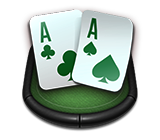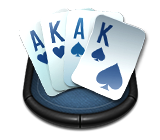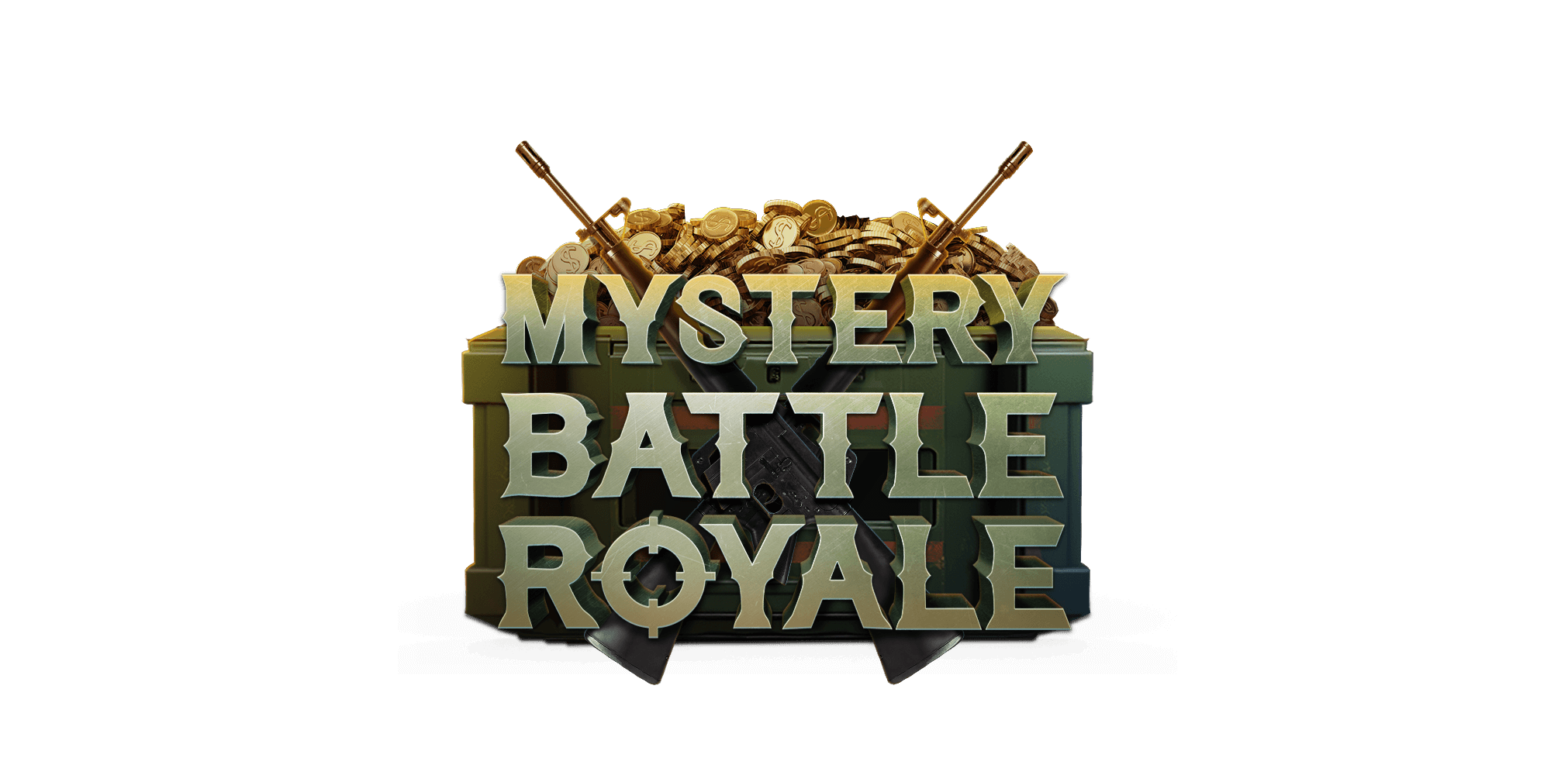
If poker were a movie, betting patterns would be the secret plot twist no one saw coming except the heroes. And guess what? You're about to be that hero. Whether you're just stepping into the smoky world of Texas Hold 'em, or you've been grinding the felt for a while.
Every good player can tell you that more than just the cards you're dealt, the real trick lies in learning your opponents' tendencies and betting patterns. This is the path to mastering the game. Need some pointers for vanquishing the competition at your next poker game? Well, betting patterns can be the X-factor that gets you ahead and elevates your status to legendary proportions in no time.
Let's flip some cards and break it down, groove-style.
What Are Betting Patterns?
The betting patterns are the behaviours players show between hands during a single game based on how, when, and how much money they bet. If you can spot the pattern, you can predict what your opponents are doing next. It's challenging to identify specific types of bets that people place on particular cards; often enough, it's simply their nature as an investor and would rise higher.
Let's delve further into some primary kinds of betting patterns you will come across.
The Main Types of Betting Patterns
1. The Tight Player: The Silent Assassin
A tight player is quiet and cautious. They fold most of their hands and only play the strongest ones. When they do bet, it’s usually big. They rarely bluff, so when they make a move, you can be sure they’ve got something serious. Be careful when they bet—if they’re in the pot, they likely have a good hand.
Example Situation: You’re playing against a tight player who raises heavily from the early position. You have a weak hand. What do you do? Fold. Tight players don’t bluff—they only bet big with strong hands.
2. The Loose Player: The Wild Card
Loose players are unpredictable. They play almost every hand, no matter how weak, and they throw money into the pot with little hesitation. While it can be frustrating, it’s also an opportunity for you to win big if you have the right hand. Patience is key when playing against loose players.
Example Situation: A loose player bets heavily, and you have a middle pair. You’re not sure if it’s a strong bet or a bluff. What do you do? Call and see the flop. Loose players often bet with weak hands, and if the flop doesn’t help them, they may fold.
3. The Aggressive Player: The Poker Ninja
Aggressive players like to raise and re-raise. Their amps are still on, and their happiness is immense. These players play fast and unpredictably, but once you see their pattern, their aggression becomes theirs to manage. In this case, using their big bets becomes one of your weapons.
Example Situation: An aggressive player raises almost every hand, even from a late position. Let’s say you have a solid pocket pair. What do you do? Raise! This act may blow them away just as well as take them on after the flop.
How to Use Betting Patterns to Your Advantage
View Table Behaviour Like Professionals:
To master the best system, observing each participant is the first step. Notice who frequently raises and who just as often dives out. This will allow you to find out their tendencies and adapt in turn, or whether we should nose around with offensive or just shut up for a moment.
Reverse Psychology in Action
You may often bewilder your opponents by doing precisely the opposite of what they expected. Suppose a tight player goes in for a big raise. In that case, don't call the bet or re-raise it; just let him feel you are uncomfortable and take your chance when the time comes.
Bluff Like a Boss
When you know your opponent's habits, bluffing can be forceful. Bluffing a loose player who calls anything may not do the trick, but bluffing an aggressive player who will fold is a safe bet. The timing of your bluffs is the most critical tactic to make them work.
Betting Patterns and Your Overall Strategy
Your strategy will play a key role in reading and responding to the betting patterns of your opponents. The more you watch, the clearer your opponents' moves will become. Get clear on more than just a few puzzle pieces, and you're sure to win.
FAQs
What should I do to read betting habits better?
The best way to improve is by watching the players themselves. Please pay attention to how they bet in different circumstances, and over time, your sense of their habits will get sharper and more defined.
When is the most powerful bluff?
When you know your opponents' strategies and styles, bluffing is the most effective. Against a rough player who'll call anything except perhaps known winner hands, it's dangerous to bluff. But against an aggressive player who folds a lot, bluffs are more likely to pay off!
Should I change my betting pattern during games?
Absolutely! If you only ever bet one way, opponents will soon pick up on it and know what you hold. Twist things around! Sometimes, be aggressive or passive. Your opponents' confusion will make you a more unpredictable player.

















